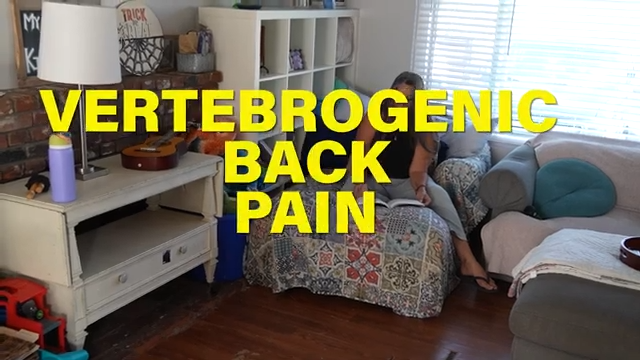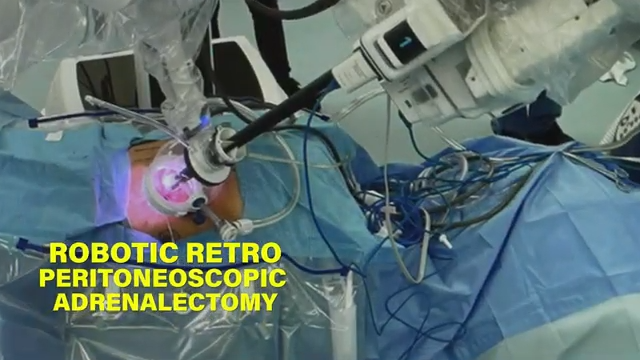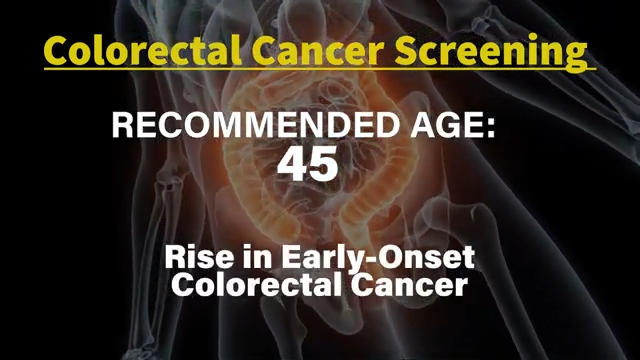PITTSBURGH, Pa. (Ivanhoe Newswire) – For the millions of Americans who live in rural areas, there are benefits to being away from the hustle and bustle of the city – it’s quiet, it’s clean, and you may have some space between you and your neighbors. One drawback? Almost 25 percent of all Americans live more than an hour away from a trauma center by helicopter. Now, a new study may help emergency crews make critical transport decisions. Medical trauma
A car crash, bike accident, a sports collision – serious injuries that may need specialized medical attention. For emergency medical crews in rural areas, it’s a tough call.
“One is to drive them to their local community hospital that’s not a trauma center. The other is to call for a medical helicopter to transport to a trauma center,” explains emergency medicine doctor at UPMC, Joshua Brown, MD, MSc, FACS.
Dr. Brown and his colleagues studied the outcomes of 37,000 severely injured patients transported to ERs by helicopter or ambulance. The research shows short stops at local hospitals first, hurt some patients, since trauma surgeons lost valuable time.
Dr. Brown adds, “In trauma, we always talk about this golden hour from the time of injury to getting to the trauma center. The patients brought directly to the trauma center had almost a twofold increase in their survival as a result of getting to that trauma center earlier.”
The findings support medical crews in rural areas calling for a helicopter if patients have abnormal vital signs or an altered mental state, spinal cord injuries, or severe chest trauma with a possible collapsed lung.
Dr. Brown expresses, “Being able to give them this set of criteria can really help them make a huge difference in the patient’s outcomes.”
Dr. Brown is working with the American College of Surgeons to develop triage guidelines for emergency responders. He and his colleagues are also working with EMS physicians groups across the country to get the information out to first responders.
Contributors to this news report include: Cyndy McGrath, Producer; Kirk Manson, Videographer; Roque Correa, Editor.
To receive a free weekly e-mail on medical breakthroughs from Ivanhoe, sign up at: http://www.ivanhoe.com/ftk
Source:
MEDICAL BREAKTHROUGHS
RESEARCH SUMMARY
TOPIC: THE GOLDEN HOUR: MEDICAL TRAUMA IN RURAL AREAS
REPORT: MB #5220
BACKGROUND: The “golden hour” is a term used in emergency medicine to describe the critical first hour following a traumatic injury, during which prompt medical attention can significantly improve a patient’s chances of survival and recovery. In rural areas, where access to medical care may be limited, the golden hour can be even more crucial. Rural areas often lack the medical infrastructure and resources of urban areas, such as trauma centers and specialized medical teams. This can make it difficult for emergency responders to treat traumatic injuries quickly and effectively. Additionally, transportation time to the nearest medical facility may be longer in rural areas due to longer distances and limited transportation options. About 36 percent of fatal crashes in rural areas had a response time greater than 60 minutes. Only 10 percent of fatal crashes in urban areas exceeded 60 minutes.
(Source: https://www.codot.gov/safety/traffic-safety/assets/safety-circuit-rider/emergency-response)
DIAGNOSING: Injuries sustained in rural areas can often be severe, and timely treatment is crucial to improving patient outcomes. Many rural areas lack trauma centers or hospitals with specialized trauma care units, which can result in delays in treatment and transport times to larger hospitals in urban areas. Rural areas often have fewer medical professionals overall, and those that are available may not have specialized training in trauma care. This can result in delays in treatment and decreased quality of care.
NEW TECHNOLOGY: To address these challenges, rural communities have implemented various strategies to improve response times and provide better medical care during the golden hour. These include training local emergency responders in basic life support and trauma care, developing regional trauma networks that coordinate the care of trauma patients across multiple hospitals, and utilizing telemedicine to connect rural healthcare providers with specialists in urban areas. Dr. Joshua Brown, a trauma surgeon, has conducted extensive research on medical trauma in rural areas. His findings have shed light on the unique challenges faced by rural communities and identified strategies to improve trauma care in these areas. Dr. Brown’s research has shown that rural trauma patients are more likely to die from their injuries than urban trauma patients. To address these challenges, Dr. Brown has advocated for the development of regional trauma networks that coordinate the care of trauma patients across multiple hospitals. These networks provide a system of care that helps to ensure timely access to appropriate care for trauma patients.
(Sources: http://surgicaloutcomes.pitt.edu/people/joshua-b-brown-md-ms
https://www.ncbi.nlm.nih.gov/pmc/articles/PMC9075918/)
FOR MORE INFORMATION ON THIS REPORT, PLEASE CONTACT:
Allison Hydzak
If this story or any other Ivanhoe story has impacted your life or prompted you or someone you know to seek or change treatments, please let us know by contacting Marjorie Bekaert Thomas at mthomas@ivanhoe.com




